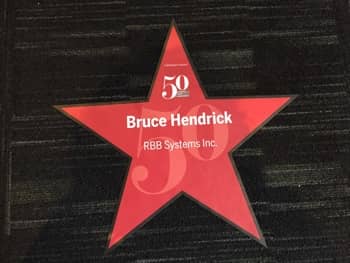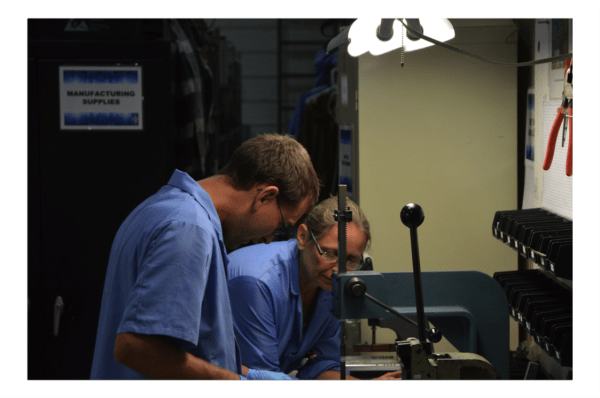RBB’s whitepaper on how small batch electronics affects the OEM-CM relationship
Very often OEM’s struggle to effectively manage large portfolios of small batches of custom electronic assemblies. That’s why I tackled the topic in the Whitepaper, “Market Dynamics facing OEM’s with Large Portfolios of Ongoing Small Batches.”








-resized-600.jpg)




